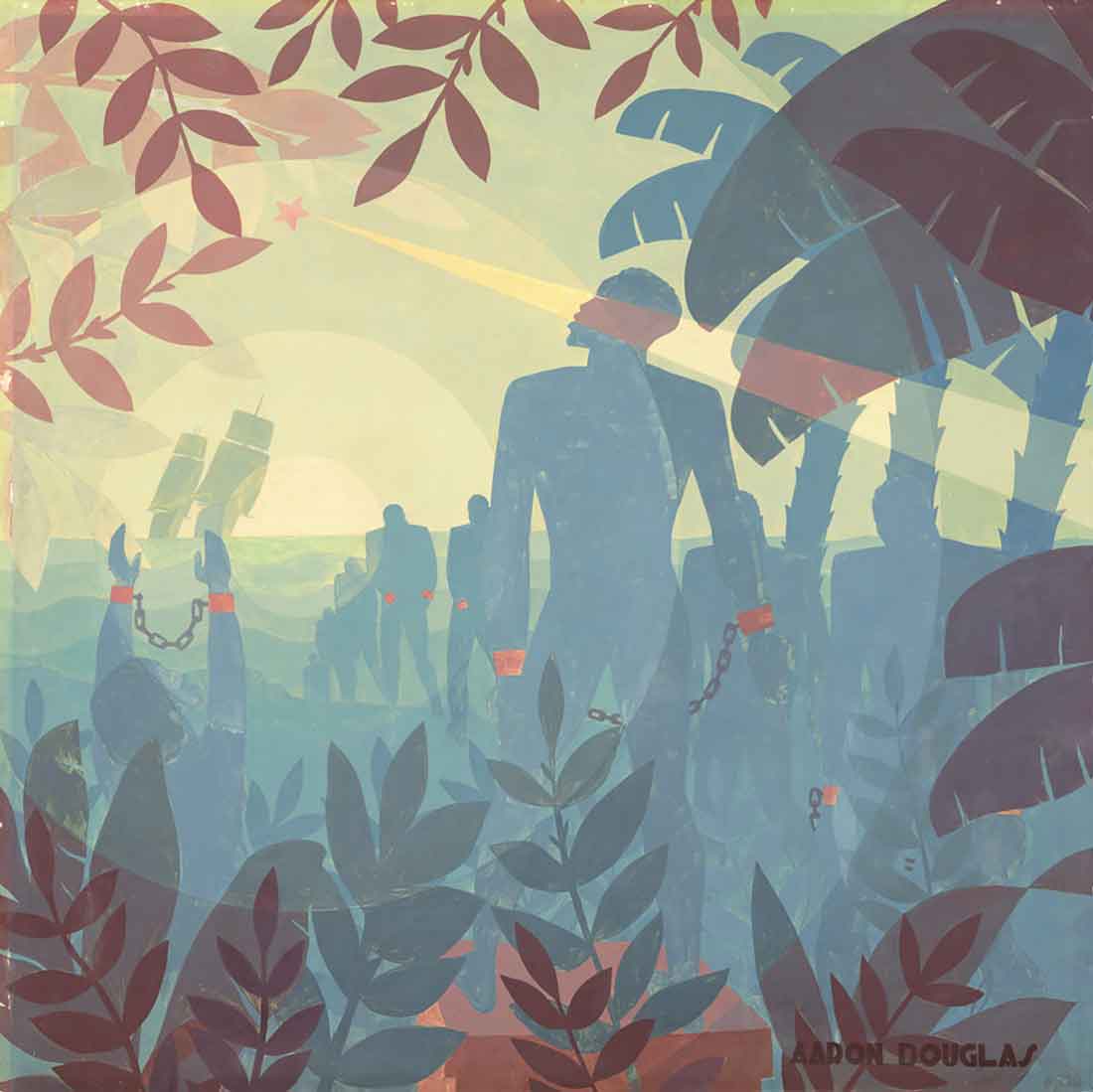Art in Service of the Spiritual | |
Art in Service of the SpiritualThe rain closed down the gallery last weekend but you still have time to see works by local artists celebrating nature’s gifts at Topanga Canyon Gallery through January 29. Debbi Green’s “La Tierra” blazes with exuberant takes on majestic trees, radiant flowers, billowing branches against blue skies and bursts of brilliant color. Kate Browning’s “Where Have All the Flowers Gone” takes a more interpretive look, one that feels less celebratory, perhaps even a bit melancholy. She renders her exotic flowers, black skeletonized trees, fading roses as if in motion, with the poignant sense that the life bursting out of them will soon become part of their demise. Support your local artists; these works are available for sale at the Gallery.
But come down from the Canyon and into the City for a while. There’s much to be seen at LACMA!
Abstraction in Service
of the Spiritual
I took a morning to view two exhibitions, “Another World: The Transcendental Painting Group, 1938-1945,” the first comprehensive museum exhibition of this group; and “Afro-Atlantic Histories,” charting the transatlantic slave trade and its legacies in the African diaspora across the “Black Atlantic.”
LACMA is displaying 100 carefully selected works from the larger show of 400 objects that originated in Brazil and has traveled to Houston, Dallas, The National Gallery in DC and here.
The Transcendental Painting Group (TPG) came together as a loose collection of artists in New Mexico whose manifesto declared they would strive “to carry painting beyond the appearance of the physical world, through new concepts of space, color, light and design to imaginative realms that are idealistic and spiritual.” Most of the market and art critics of the time were centered around the East Coast and with the onset of World War II, the group didn’t last long or garner much attention. But their paintings continue to demonstrate how abstraction can be used in service of the spiritual.
In fact, in 1986 LACMA pioneered a look into this group and other artists with its landmark exhibition “The Spiritual in Art: Abstract Painting 1890-1985.”
“Another World” features 80 works by 11 artists, including four from LAMCA’s own collection by Emil Bisttram and Raymond Jonson, two of the founding members of the TPG, as well as Ed Garman and Agnes Pelton.
Of these, it was Pelton’s work that most drew me in. She has a Southern California connection, having spent her last 20 years in Cathedral City after living for a decade in a windmill on Long Island, where she began studying Theosophical writings about spiritual emancipation that would influence her work for the rest of her life.
But how to describe paintings by a visionary symbolist, whose abstract work expresses her inner spiritual experience? Sometimes with muted earth tones, often with deeply saturated colors, set off by golden or burnished frames, using botanical and biomorphic shapes with the desert sky, landscape and light as her guiding forces.
Where several of the other artists express themselves in abstract geometric compositions, Pelton’s motifs include floating ovals, golden stars, shiny lines, abstracted mountain peaks and light radiating from within symbolically significant shapes and colors. Aaron Douglas, Into Bondage, 1936, oil on canvas, National Gallery of Art, Washington, D.C., Corcoran Collection © 2022 Heirs of Aaron Douglas/Licensed by VAGA at Artists Rights Society (ARS), NY. |
“Another World” is a calm and inspiring exhibition, maintaining a technology-free environment (no digital audio tours) to complement the meditative nature of the works on the walls.
“Afro-Atlantic Histories” features objects from the 17th through the 21st centuries, expressing and analyzing the ebbs and flows between Africa, the Americas, the Caribbean and Europe and it’s is a stunner, even downsized from the original. Sometimes smaller is better, to allow for the impact to really be absorbed.
For gut-wrenching impact, you need only to look at Kara Walker’s “Restraint,” a 2009 graphic etching of a silhouetted young girl’s profile, wearing a collar with forked objects emanating from it front and back, attached to suspended wires with dangling bells and a medieval-looking blade-like instrument near her mouth. It is shockingly brutal.
In the same gallery, Arthur Jafa’s “Ex-Slave Gordon” is a disturbing sculpture, based on a renowned photograph that was used to rally support for the Union war effort in 1863, that viscerally attests to the whippings Gordon was subject to. Adding another dimension, Gordon had been further dehumanized as merely a symbol of the cruelty of slavery, in the original photo entitled “The Scourged Back.” Jafa gives Gordon his individuality back by adding his name to the sculpture’s title.
While slavery was what forced the transatlantic journeys of Africans, the exhibition is organized around six themed galleries, depicting voyages, everyday lives, enslavement and emancipation, the rites and rhythms of their lives, portraits of unsung heroes as well as leaders, and images of resistance and activism.
The one image that towers over all others and dominates the gallery is “Ntozakhe II (Parktown),” a 2016 photograph by South African artist Zanele Muholi. It is a larger-than-life, pure, deeply black woman whose headdress and toga mimic the Statue of Liberty, presenting a troubling and complex reconsideration of the meaning that Lady Liberty represents.
For more information: lacma.org/gettickets; or call the ticket office for advance bookings: (323) 857-6010.
Sarah A. Spitz is an award-winning public radio producer, retired from KCRW, where she also produced arts stories for NPR. She writes features and reviews for various print and online publications.  | | | | | | | | | | | | | | |
|
|
|
|
|
|
|
 |
|
|
|
| | |
|
|








